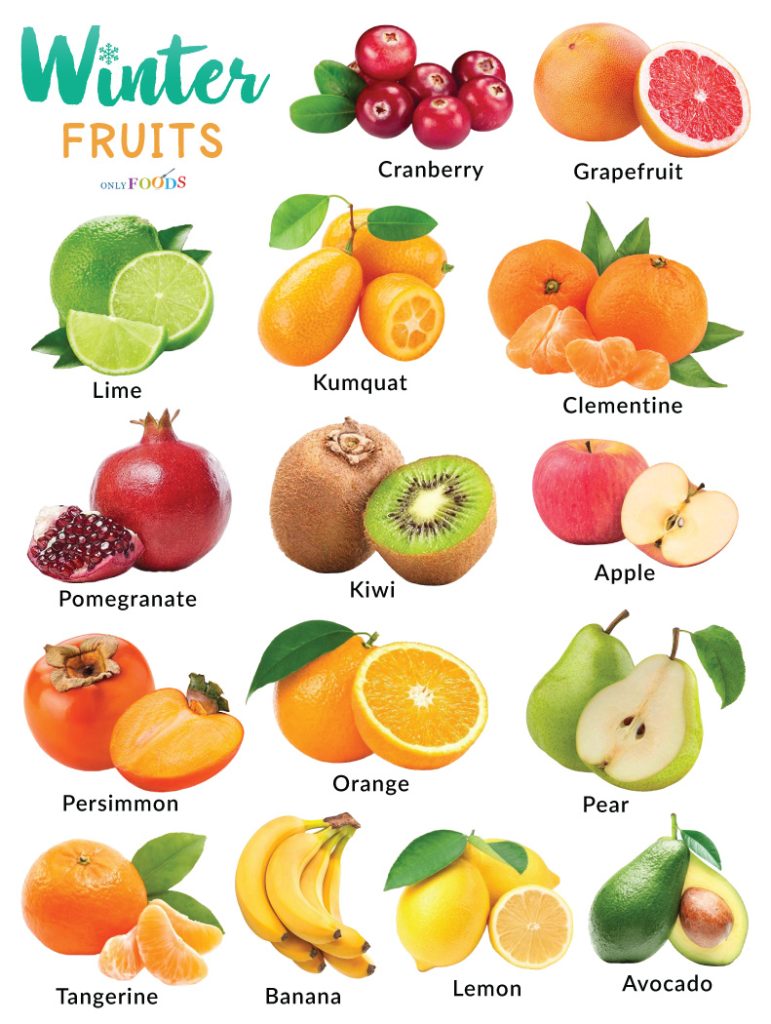Winter Fruits
Winter is considered the harshest weather for plants, as it is often difficult to survive and thrive in the bitter cold. Naturally, it has led to the belief that there are not many fresh fruits and vegetables to explore during the season. But in reality, the winter harvest is full of vibrant and delicious fruits that are more than enough for all the Christmas recipes one would want to try.
Different Types of Fruits That Are in Season in Winter
In the United States, winter spans from December to February and the first half of March. The temperatures can vary significantly between the different regions of the country. That affects the harvesting seasons and the availability of the seasonal fruits in local markets. Following is a list of fruits that usually appear in farmer’s markets during these months. Some all-year fruits, like apples and bananas, make the list as they are available fresh in winter as well as in other seasons.
- Clementine
- Grapefruit
- Kiwi
- Kumquat
- Orange
- Pear
- Persimmon
- Pomegranate
- Cranberry
- Avocado
- Lemon
- Tangerine
- Lime
- Pineapple
- Apple
- Banana
Most of these fruits are grown locally in the Southern, Western, and Midwestern United States. The Northeastern regions are too cold to grow many winter fruits, but fresh cranberries, apples, pears, and bananas.
FAQ
Oranges and grapefruits are not the only citrus fruits that are in season during the winter months. Others include lemons, kumquats, clementines, and tangerines.
Summer fruits like peaches, strawberries, blueberries, and tomatoes become out-of-season in winter. Though available at the market, they don’t taste the same and are better left out of the menu Between December and March.

